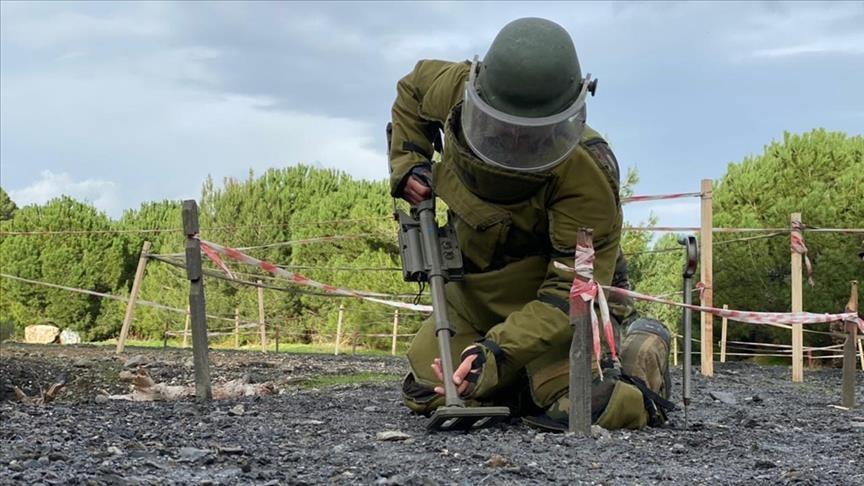Mine action refers to a set of activities aimed at reducing the impact of landmines and explosive remnants of war (ERW) on communities worldwide. It encompasses landmine clearance, risk education, victim assistance, stockpile destruction, and advocacy for policies prohibiting their use Mine Clearance. These efforts are crucial for ensuring safety, fostering development, and upholding human rights in post-conflict regions.
The Need for Mine Action
Landmines and ERWs pose a serious threat to civilians, particularly in war-torn and post-conflict areas. According to reports, thousands of people are injured or killed each year due to these hidden dangers, with children and farmers being among the most vulnerable. Beyond the human toll, the presence of landmines hampers economic development by restricting access to farmland, infrastructure, and essential services.
Key Components of Mine Action
- Mine Clearance: The detection and removal of landmines and unexploded ordnance using trained personnel, machinery, and mine-detection dogs. Advanced technologies like drones and artificial intelligence are also being explored to enhance demining efforts.
- Risk Education: Educating local communities about the dangers of mines and ERWs through workshops, campaigns, and school programs. This helps individuals recognize and avoid hazardous areas, significantly reducing casualties.
- Victim Assistance: Providing medical care, rehabilitation, and psychological support to mine survivors. This includes prosthetic limbs, vocational training, and social integration programs to help victims regain independence and dignity.
- Stockpile Destruction: Many countries have accumulated vast stockpiles of landmines. Safe destruction of these weapons prevents their future use and contributes to global disarmament.
- Advocacy and Policy Development: Promoting international treaties such as the Ottawa Treaty (Mine Ban Treaty) and the Convention on Cluster Munitions to prohibit the use, production, and transfer of landmines. Advocacy efforts also involve pushing for increased funding and support for affected regions.
The Role of International Organizations
Several organizations, including the United Nations Mine Action Service (UNMAS), The HALO Trust, Mines Advisory Group (MAG), and Norwegian People’s Aid (NPA), lead global mine action efforts. These entities work alongside governments and local communities to implement effective mine clearance operations and awareness programs.
Challenges in Mine Action
Despite significant progress, several challenges hinder mine action efforts:
- Lack of Funding: Demining operations require substantial financial resources, and funding shortfalls can delay crucial projects.
- Difficult Terrain and Weather Conditions: Some contaminated areas are hard to access due to natural obstacles or security concerns.
- Ongoing Conflicts: In some regions, active conflicts make demining operations unsafe or impractical.
Conclusion
Mine action is a humanitarian and development imperative that saves lives and rebuilds communities. While remarkable strides have been made in reducing the global landmine threat, continued international cooperation and investment are essential to achieving a mine-free world.





